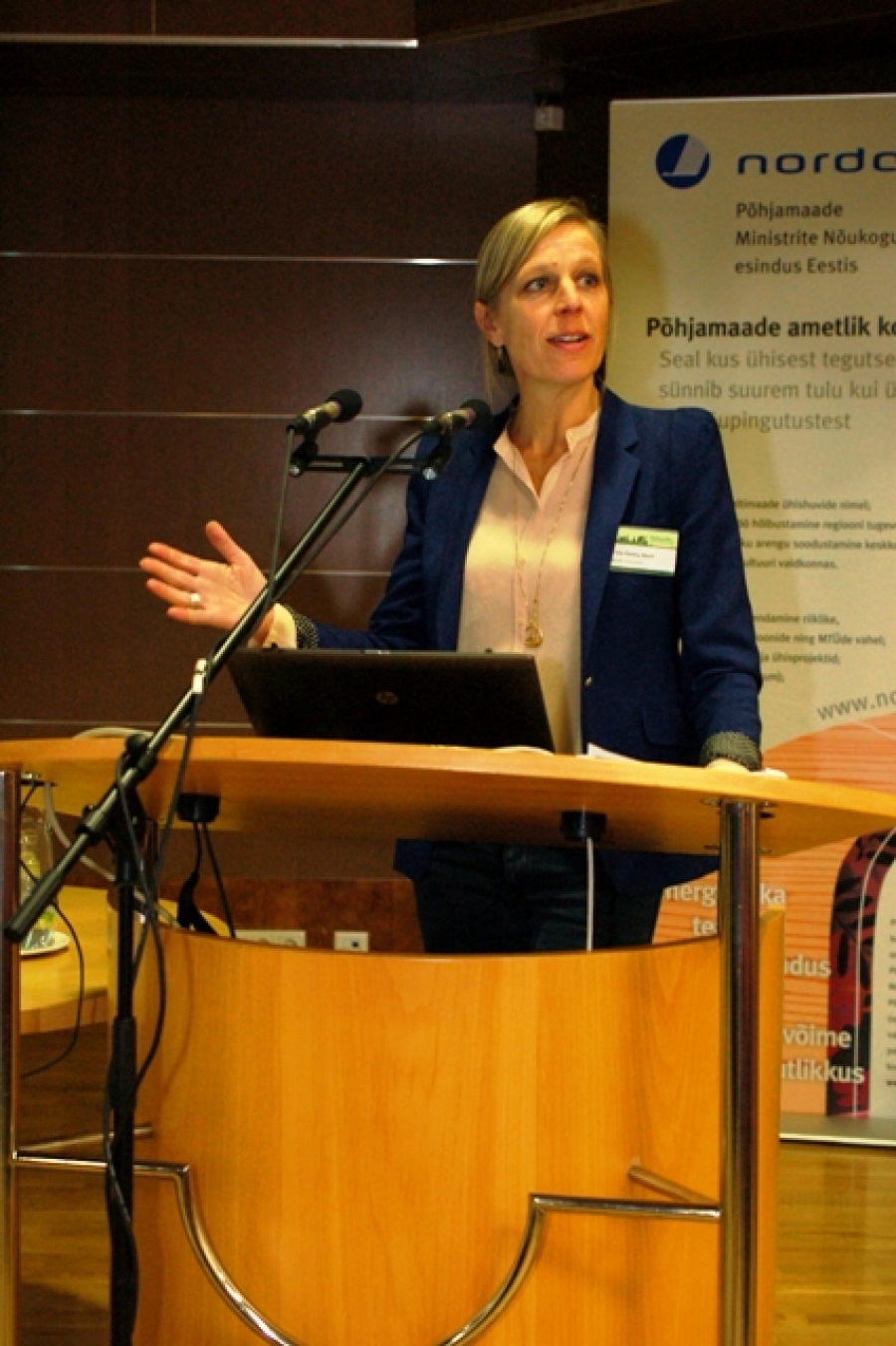Sustainability is often referred to as environment. That wasn't the way it was thought out – it was the way it used to be. The argument in the Nordic Built Charter is that things are only sustainable if they are not just environmentally sustainable but also socially and economically sustainable. And you need these three dimensions in order to actually be sustainable, to ensure sustainable construction or provide sustainable solutions for the challenges that society faces.
How has Nordic Built been received by the building industry and related sectors?
The expectations are quite high and the take-off has been amazing. There is clearly a critical mass within the Nordic building industry who are really interested in having this joint platform, which gives them a branding element the charter brought with it. That also gives them a business network of like-minded companies, making it possible for them to work cross-border and in the end also strengthen the Nordic image abroad.
The buildings that will be built or renovated according to the charter – will they be cheaper or more expensive compared to other houses on the market?
The purpose is to show that it doesn't have to be more expensive, and that there is a business case for sustainable green construction. We recently held a competition where five building owners were asking for renovation proposals based on the Nordic Built principals, and just selected the national winners for these five competitions. So the buildings haven't been renovated yet – they're just in the initial phase of negotiating the actual contracts towards having them renovated.
The competition showed proposals for solutions that were perfectly competitive economically and based on the principles of the charter.
There are many Estonian builders and construction companies active on the Nordic market or wishing to enter it. Is Nordic Built something they should be aware of in order to be more successful in future?
I think that in the longer run, yes – I mean it's very tempting to say "Yes, of course", because it's still a new element and there is a lot of certification out there as well. It's not the one and only initiative – it's one of many. But I think in the sense that it seems that there is a drive within the Nordic building industry towards sustainability and greener, more sustainable solutions for the challenges we face with our building stock.
I think the whole Nordic building sector is slowly moving towards something new.
How is Nordic Built relevant to the Baltic Sea region and the rest of the world?
I would guess that many of the challenges in the Baltic States are similar to those in the Nordic countries, and in that sense there's common ground for these types of solutions. And in any case, so much of our energy consumption comes from existing building stock, so the question is not being able to build new CO2-neutral or plus-energy houses. We know these techniques as well. They're important, and we have to do something with existing building stock. And that's what Nordic Built is mainly about.
Nordic Built is a three-year project. Are you considering a continuation?
I think the project is only just being negotiated among the Nordic countries, so I assume we're going to have a second chapter of Nordic Built for the next three or four years as well. So it will continue. The next project phase will concentrate on the core achievements in the current phase.
Click here to find out more about the Green Growth Forum 2013!

